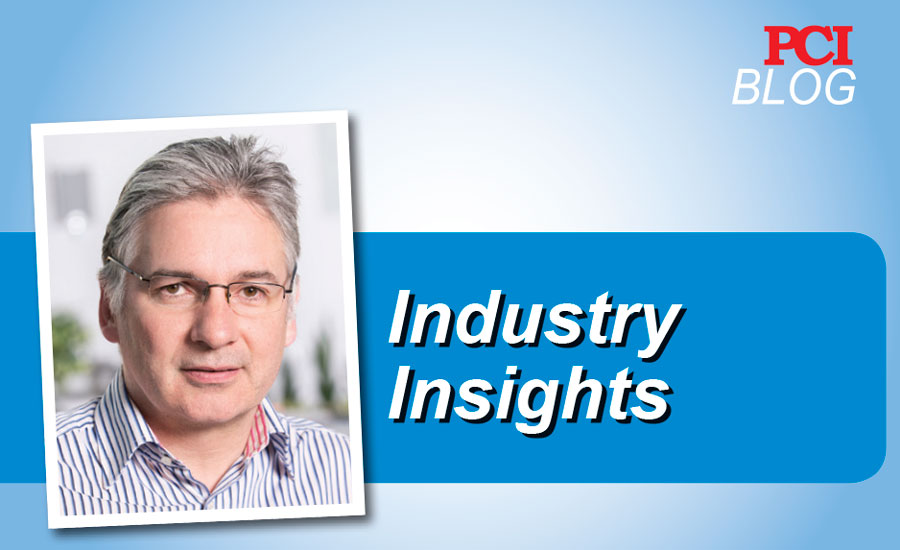Time for the Use of Lead Compounds to Come to an End in all Paints

The negative health effects from exposure to lead are well known, the most severe being lifelong irreversible effects on children’s brains, yet in some parts of the world lead compounds are still added to paints as coloring pigments and drying agents. Ironically, this situation continues, even though safer and cost-effective lead-free additives have been widely used by the coatings industry for many years.
This is of particular concern in developing regions where there is no legislation controlling the use of lead-based paints. These products are often applied to residential dwellings and public buildings, which risks exposure of lead to children, who are the most vulnerable to its effects.
Even in countries with stringent regulations in place to control the use of lead paint in the residential sector, industrial uses of paints containing lead compounds (including uses on the outside of buildings, bridges, ships etc.) is often permitted. Only Australia has a complete ban on all paints containing lead compounds in place.
In late October, the Global Alliance to Eliminate Lead Paint (GAELP) – a voluntary coalition of governments, non-governmental organizations and industry, brought together under the auspices of the United Nations Environment Program (UNEP) and the World Health Organization (WHO) – launched its International Lead Poisoning Prevention Week of Action to raise awareness of the issue. The over-arching objective of the alliance is to promote the phase-out of all lead-based paints and eliminate the risks these products cause.
AkzoNobel fully supports the objectives of the alliance and phased out the use of all lead compounds from all its products many years ago, with the last remaining uses in industrial products removed in 2011. In July this year, we signed up as an industry partner to the GAELP Alliance and will support their work by sharing experiences of conversion from lead to lead-free products, providing technical advice and by engaging governments through the alliance to support the development of legislation to phase out the use of lead compounds from all paints.
AkzoNobel considers product safety to be a key element of sustainability and that it is critical to ensure our products and processes do not pose an unacceptable risk to people or the environment. We are committed to delivering safer and sustainable solutions for our customers. Use of lead compounds in paint is not compatible with this commitment.
There is no justification for the continued use of lead compounds in any paint and it is time for the global paint industry and its suppliers to show leadership of this issue and make a voluntary and proactive commitment to stop the manufacture and supply of all paints containing lead compounds. The automotive industry removed lead additives from petrol several years ago, with clear benefits to human health and the environment – it is now the turn of the paint industry to take it out of all paints.
A Proactive, “Beyond Compliance Approach” to Hazardous Substance Management is the Safest and Most Sustainable Option for Industry
In order to remain competitive in an increasingly regulated world, and provide customers with safe and sustainable products that meet or exceed their expectations, AkzoNobel takes a proactive approach when it comes to the review and safe management of hazardous substances that are used in products and processes.
The award-winning[1] AkzoNobel Global Priority Substance process identifies hazardous substances for review and management on the basis of human health and environmental hazards and public concern. Taking this approach means action to manage the use of problematic substances is often taken in advance of legislation. The program has been running since 2011and by the end of 2015, around 176 priority substances will have been reviewed and managed.
Under this program, lead compounds were the first substances to be prohibited in all AkzoNobel products and processes.
[1] The AkzoNobel Priority Substance program was awarded the CEFIC Responsible Care award for Product Stewardship in October 2015, a merit award in Responsible Care from the Association of International Chemical Manufacturers (AICM) in China and the Product Safety award from the American Chemistry Council (ACC) earlier in 2015.
